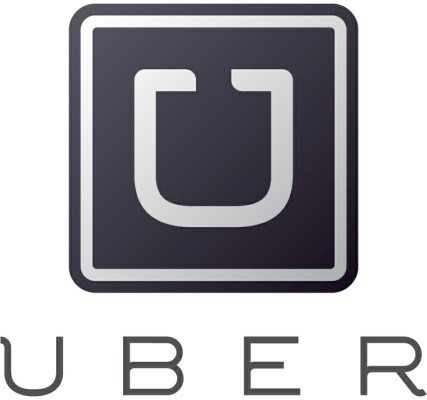Since raising $32 million last December, Uber has been on an expansion spree over the last several months, placing cars and dialing up service in cities all over the world. It was just a few days ago, after all, that Uber’s on-demand car service launched in Philadelphia. But it’s just added another U.S. launch city Friday: San Diego.
Uber has been testing out the market for the last month, so it’s not a huge surprise that the service is now up and running. But why San Diego?
With 1.3 million people in the city and 3.1 million in San Diego County, there’s a pretty big population for Uber to go after. And the population there is pretty well off, with about 30 percent of households having an annual income of $30,000 or more. That means plenty of potential riders with cash to spend on a premium car service.
Now for the downside: Everyone drives in San Diego. Frigging everyone. About 85 percent of San Diego residents drive to work, according to Uber’s analysis of the market. The good news is that as a result of this, there’s a dearth of cabs in the city. There’s just 0.55 taxis per 1,000 people in San Diego — that’s half the level of San Francisco, which also happens to have a fair amount of bicyclists and a decent, if not great, public transportation system.
But Uber CEO and founder Travis Kalanick said not to worry — driving cities actually do a ton of business for the company. He used Los Angeles as an example: “We launched in L.A. not too long ago and it’s blowing up,” he said. “We haven’t seen any other cities grow this fast… It’s already in the top tier of cities we’ve launched in.”
So what drives (no pun intended) a person to take an Uber in a driving city? Kalanick said people use the service on date nights, when they find themselves stranded, and when they don’t want to search for parking. Also, when they’re drunk and need to get home after a long night and shouldn’t get behind the wheel. There were 600 (!!!) DUIs in Pacific Beach alone last year, according to Uber. So there’s an opportunity to make some money while also maybe increasing public safety in the city.
Oh, and what else are people in Southern California using Uber for? “Surfing,” says Kalanick. “People are calling Ubers and strapping their boards to the top of SUVs.”
Uber is now in 12 cities, including 10 in the U.S. and two — Paris and Toronto — in international markets. According to Kalanick, it’s next big challenge is getting up and running in London, where it plans to launch before the 2012 Summer Olympic Games.
